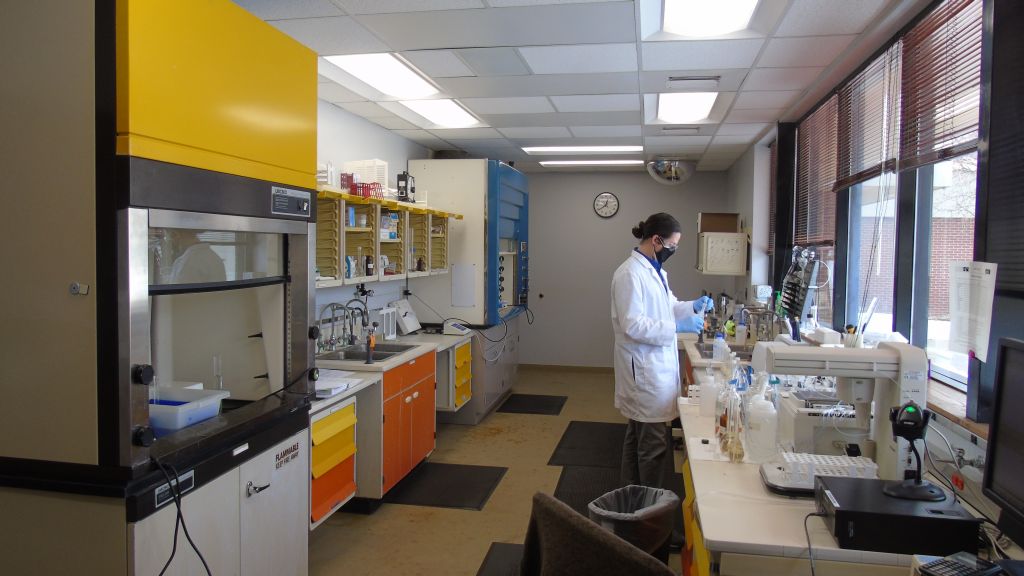Water Quality#
Fort Collins Utilities monitors water quality in three areas:
- Source water supply: Upper Cache la Poudre River and Horsetooth Reservoir (where our water comes from)
- Treated drinking water
- Treated water returned to the environment and the Lower Poudre River above and below the water reclamation facilities
Do You Have Water Quality Concerns?
If you have questions or concerns about your drinking water quality, check out our troubleshooting guides.
If the problem that you are experiencing cannot be resolved with the information in the troubleshooting guides, please call 970-221-6700 (24 hours, 7 days a week).
Hot Topics#
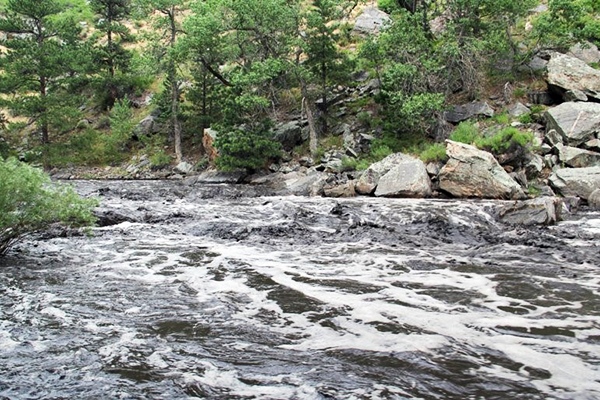
Post-Wildfire Water Quality
See how the 2020 wildfires affected our water supply and watershed.
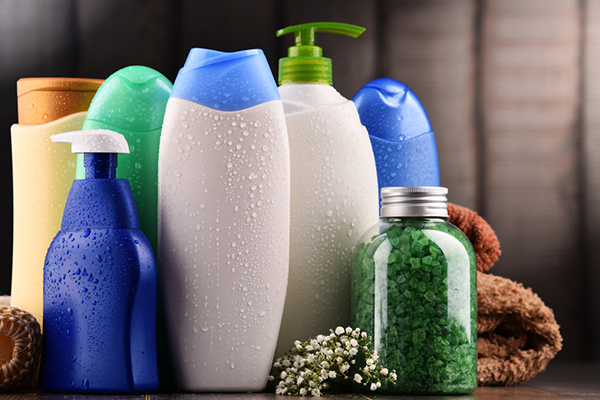
Contaminant Monitoring
We stay on top of the latest research when it comes to emerging contaminants to make sure our water quality remains optimal.
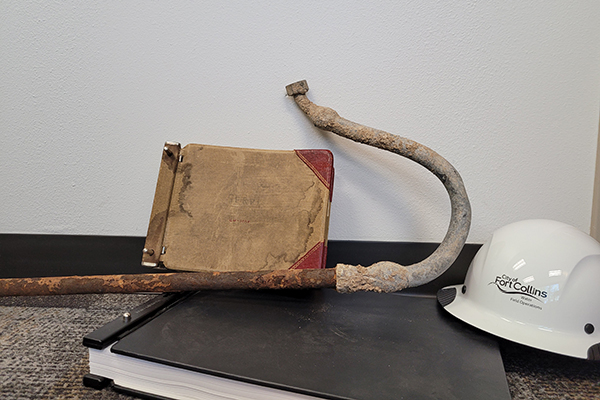
Lead & Copper
Managing lead and copper in water is a public health responsibility that is shared among water utilities, consumers, manufacturers, regulators and plumbers.
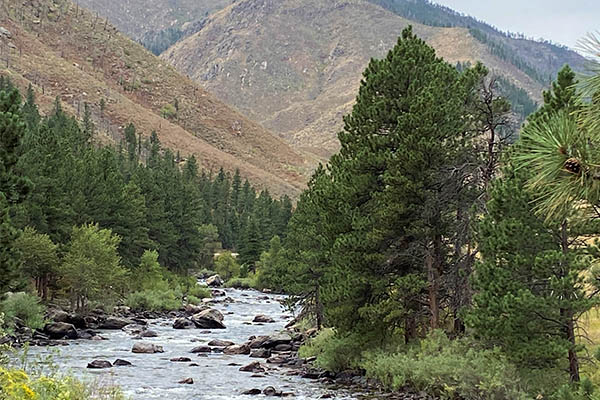
Per- and Polyfluoroalkyl Substances (PFAS)
These chemicals are very persistent in the environment and in the human body – meaning they don’t break down and can accumulate over time.
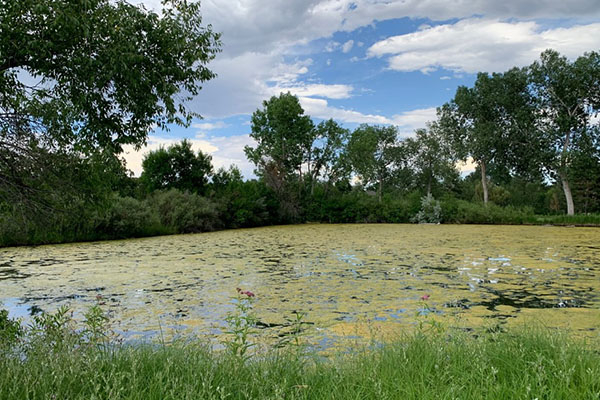
Algal Blooms
Algal blooms can be caused by a variety of algae and can occur in natural waterbodies under certain environmental conditions.

Pharmaceuticals
Safe disposal practices for unused prescription and over-the-counter medications are important to keep pharmaceuticals out of water bodies.
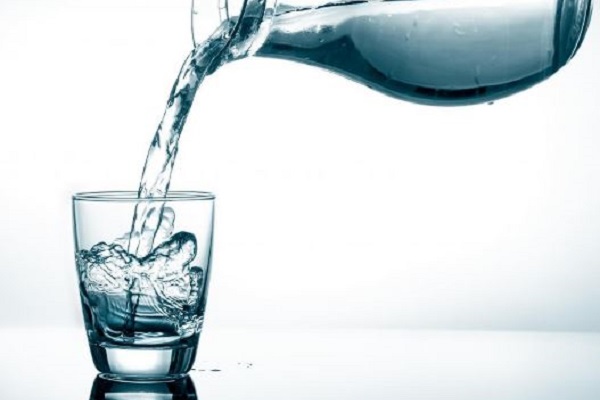
Fluoride
Currently, Fort Collins Utilities' drinking water fluoride levels are in the range of 0.60-0.75 ppm, with the fluoride system being monitored continuously.

Post-Wildfire Water Quality
See how the 2020 wildfires affected our water supply and watershed.

Contaminant Monitoring
We stay on top of the latest research when it comes to emerging contaminants to make sure our water quality remains optimal.

Lead & Copper
Managing lead and copper in water is a public health responsibility that is shared among water utilities, consumers, manufacturers, regulators and plumbers.

Per- and Polyfluoroalkyl Substances (PFAS)
These chemicals are very persistent in the environment and in the human body – meaning they don’t break down and can accumulate over time.

Algal Blooms
Algal blooms can be caused by a variety of algae and can occur in natural waterbodies under certain environmental conditions.

Pharmaceuticals
Safe disposal practices for unused prescription and over-the-counter medications are important to keep pharmaceuticals out of water bodies.

Fluoride
Currently, Fort Collins Utilities' drinking water fluoride levels are in the range of 0.60-0.75 ppm, with the fluoride system being monitored continuously.
Annual Water Quality Report
Americans drink more than one billion glasses of tap water every day, and Utilities is committed to providing its customers with reliable drinking water of outstanding quality. Learn where your drinking water comes from and how it compares to federal standards.
Source Water Monitoring and Watershed Protection#
The watersheds where our water comes from consist of the large areas of land that drain snowmelt and rainfall waters to the Poudre and Big Thompson rivers, Horsetooth Reservoir and other components of the Colorado-Big Thompson Project. Watershed monitoring and protection involves minimizing the negative impacts to the quality of these waters from activities on both land and water.
After wastewater is treated at our water reclamation facilities to meet or exceed all state and federal pollution control standards, it is returned to the environment where it is collaboratively monitored to protect the Poudre River downstream.
Presedimentation Basin#
Fort Collins Utilities constructed a presedimentation basin to remove sediment in the Poudre River caused by forest fires.
Drinking Water Quality Policy
City Council Resolution 93-144 adopted the Drinking Water Quality Policy to ensure continuous delivery of high-quality drinking water to Fort Collins Utilities' customers.
Did You Know?
You can save water when washing smaller loads by selecting the setting for the corresponding water level.
Installing an insulation blanket on your water heater helps it perform more efficiently.
